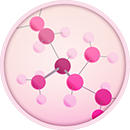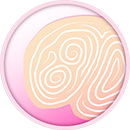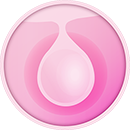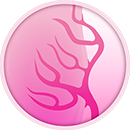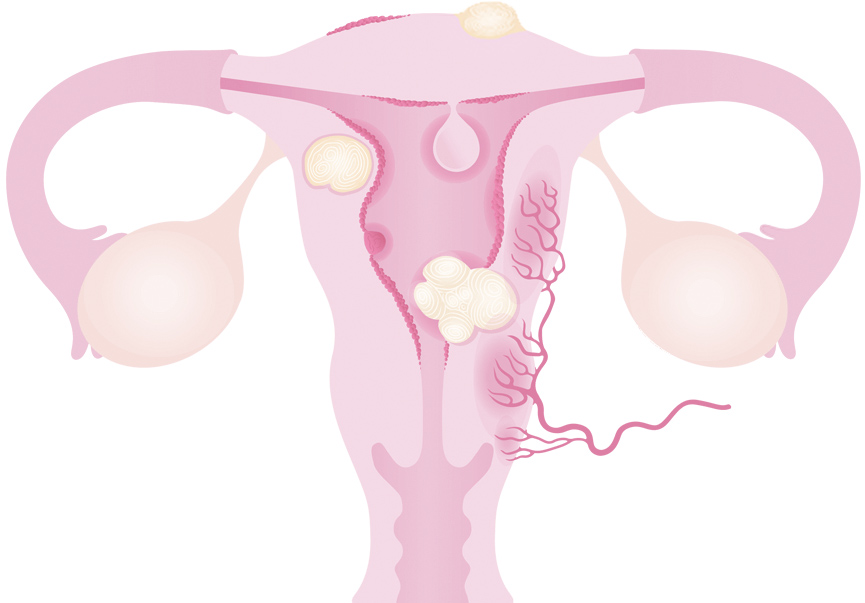1 in 5 (20%) of women experience unusually heavy periods[1]National Women’s Health Resource Center. Survey of women who experience heavy menstrual bleeding Data on file; 2005. Menorrhagia, heavy periods that occur over a number of cycles, is one of the most common gynaecological complaints.
Some women experience it from a young age, but many women only experience it after the ages of 30 or 40 e.g. after stopping the pill or after having children. Fortunately, it’s not a life-threatening condition, but excessive loss of blood, prolonged and irregular periods and bleeding between periods can have a dramatic impact on your life. Menorrhagia is recognised as a medical condition and it is treatable. Your GP can discuss the available treatment options with you.
The impact of heavy periods
Heavy periods impact all aspects of the lives of women with this condition. The physical consequences include fatigue and anaemia caused by iron deficiency, reduced immunity and severe pain. They can also have a psychological impact such as depression, moodiness, anxiety and lack of confidence. There are wider consequences too, such as having to call in sick, avoiding going out, and skipping the gym, as well as the constant fear of leaking and the embarrassment this can cause.
As soon as you start planning your activities around your heavy period, it is time to do something. Sometimes enough is simply enough.
View the symptoms and causes of heavy periods below, or go straight to the overview of heavy period treatments.
A recent survey of women who have or who have had heavy bleeding found that due to heavy periods:[2]Survey of 1,000 women who have or had experienced heavy bleedings in the UK during July 17. Funded by Hologic Inc
• 62% did not realise heavy periods are a medical condition
• 74% have experienced anxiety, 69% depression and 49% anaemia
• 72% said it affected their sex life
• 43% have missed work as a result of heavy periods
• 58% feel they are unable to carry out their usual daily routine
• 50% have never been to see a GP about heavy periods


